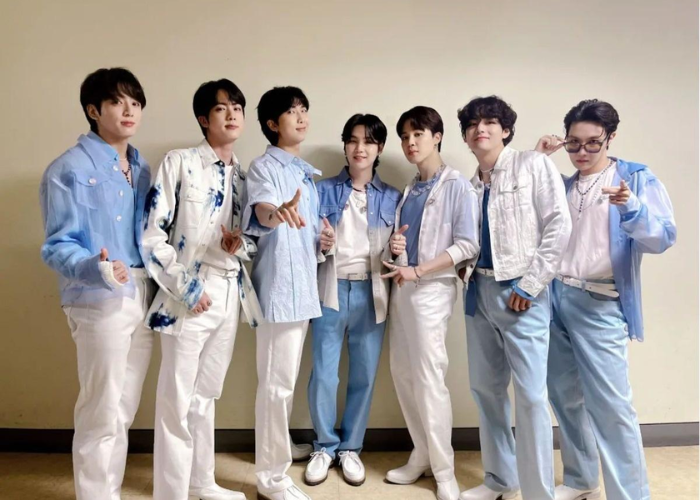The Global Influence of K-Pop: Breaking Boundaries and Inspiring Fans Worldwide
K-Pop, or Korean Pop, is a musical genre that originated in South Korea in the early 1990s. It is a blend of electronic, hip-hop, pop, rock, R&B, and other musical elements, and has become one of the most popular genres of music in the world. K-Pop has become a global phenomenon, and its influence can be seen in countries all over the world. In this blog, we’ll explore the origins and history of K-Pop, its cultural influence, its global expansion, the artists that are propelling the genre forward, and the impact on fans worldwide.
Origins and History of K-Pop
K-Pop has its roots in South Korea’s traditional music, which includes folk, religious, and classical styles. In the early 1990s, the South Korean music industry began to experiment with new genres and sounds, blending traditional music with modern genres like hip-hop, pop, R&B, and rock. This new genre became known as K-Pop.
In the late 1990s, the South Korean government began to invest heavily in the music industry, creating agencies that would manage and promote K-Pop stars. This allowed K-Pop artists to gain more exposure, and the genre began to grow in popularity. In the early 2000s, the South Korean music industry began to focus more on the visual aspect of the music, creating music videos that featured choreographed dance routines and elaborate sets. K-Pop stars began to appear on television shows, in movies, and on magazine covers, and the genre quickly grew in popularity.
Cultural Influence of K-Pop
K-Pop has had a major influence on South Korean culture. The genre has become an important part of the country’s national identity, and it is a symbol of South Korea’s modernity and globalization. K-Pop stars are seen as role models, and their influence extends beyond music. They often appear in advertisements, and their images are used to promote products and services.
K-Pop has also had a major influence on the fashion industry. K-Pop stars often wear the latest fashions, and their style has become popular among young people in South Korea and beyond. K-Pop stars have also had an influence on hairstyles and makeup, and their style has become popular around the world.
Global Expansion of K-Pop
K-Pop has become a global phenomenon. In recent years, K-Pop stars have become popular in countries all over the world, including the United States, Europe, Latin America, and Asia. K-Pop stars have performed at international music festivals, appeared on major television shows, and collaborated with international artists.
K-Pop stars have also released albums in multiple languages, allowing them to reach a wider audience. K-Pop stars have held concerts in countries all over the world, and some of the biggest K-Pop stars have toured the United States, Europe, and Asia.
K-Pop Artists Propelling the Genre Forward
K-Pop is constantly evolving, and there are many artists who are pushing the genre forward. BTS, EXO, BLACKPINK, TWICE, and MONSTA X are some of the biggest K-Pop stars in the world. These artists have released hit singles and albums, and they have toured the world. They have also starred in movies, television shows, and commercials, and have become global icons.
The Impact on Fans Worldwide
The influence of K-Pop has extended beyond music. It has had a major impact on fans all over the world. K-Pop has given fans a way to express themselves and connect with one another. It has also allowed fans to celebrate their culture and identity. K-Pop has become a platform for fans to express themselves and create a global community.
Conclusion
K-Pop has become one of the most popular genres of music in the world. It has had a major impact on South Korean culture, and its influence can be seen in countries all over the world. K-Pop stars have become global icons, and the genre has given fans a way to express themselves and connect with one another. K-Pop will continue to evolve, and its influence will continue to grow.














Post Comment